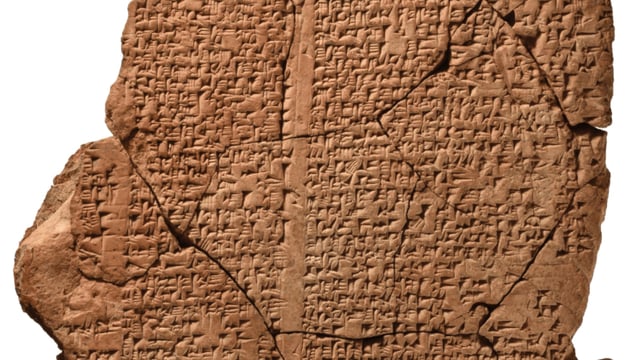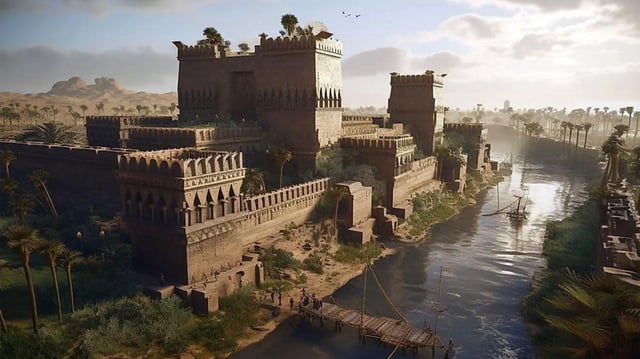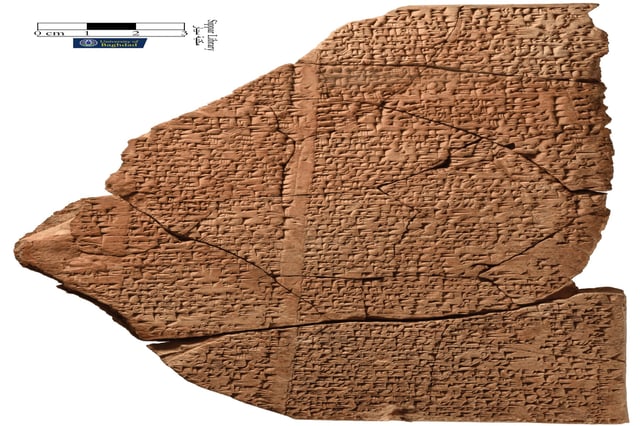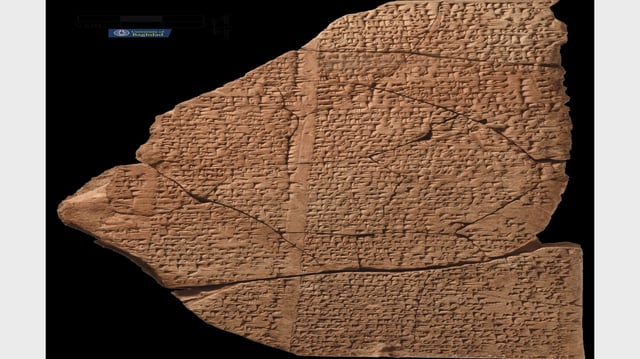Overview
- An AI platform identified and matched 30 clay tablet fragments, enabling scholars to restore about two-thirds of the 250-line hymn lost since Babylon’s decline
- The recovered text, once copied by schoolchildren, praises the city’s grand architecture, spring floods and fertile fields with rare descriptive detail
- Newly translated passages reveal women serving as priestesses and highlight an ethic of respect toward foreigners in ancient Babylonian urban life
- The collaborative project led by LMU’s Enrique Jiménez and the University of Baghdad appears in Iraq and builds on efforts to digitize the Sippar Library’s cuneiform collection
- Researchers are continuing to use the Electronic Babylonian Library Platform to decipher the hymn’s remaining damaged lines and hundreds of other tablet fragments



